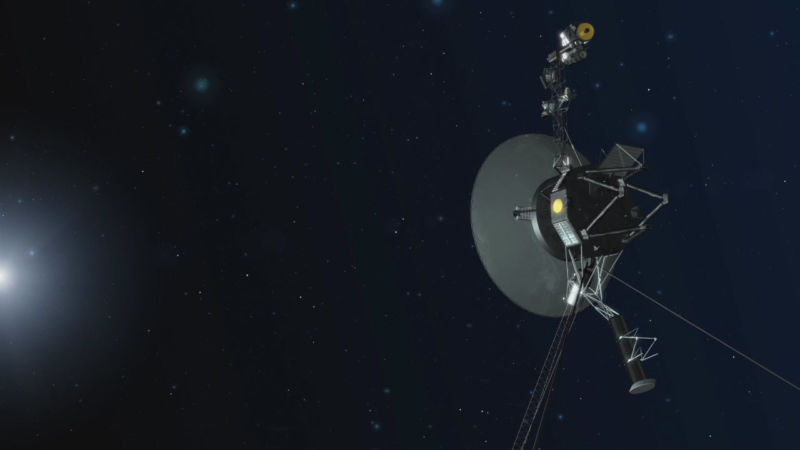
About a week ago, operators of the Voyager 2 spacecraft sent a series of commands that inadvertently caused the distant probe to point its antenna slightly away from Earth. As a result, NASA has lost contact with the spacecraft, which is nearly half a century old and presently 19.9 billion km away from the planet.
For the time being, NASA and the mission's scientists aren't panicking. In an update posted Friday, the space agency said Voyager 2 is programmed to reset its orientation several times a year to keep its antenna pointing at Earth. It is scheduled to do so again on October 15, which should allow communication to resume. In the meantime, NASA said it does not anticipate the spacecraft veering off course.
Launched separately in 1977 on two different rockets, the Voyager 1 and 2 spacecraft have been true trailblazers for NASA and the world. Never before had a spacecraft visited four worlds in a single, grand tour as the two Voyager probes did in the 1970s and 1980s with Jupiter, Saturn, Uranus, and Neptune.
Prior to the launch of the Voyagers, humans had been gazing at fuzzy blobs in the outer Solar System for hundreds of years. Pioneer 10 and 11 provided some better views of Jupiter and Saturn, but still, very little was known about the planets or their moons. Next to nothing was known of Uranus and Neptune. The Voyagers uncovered complex planetary systems and incredible moons, such as volcano-covered Io, icy Europa, and Titan with its methane seas.
And in their old age, the two probes have kept on exploring. Voyager 1, at a distance of 24 billion km from Earth, and Voyager 2 have both left the Solar System, exploring the barren but scientifically interesting interstellar medium. And until now, they have been faithfully phoning home.
reader comments
192 with